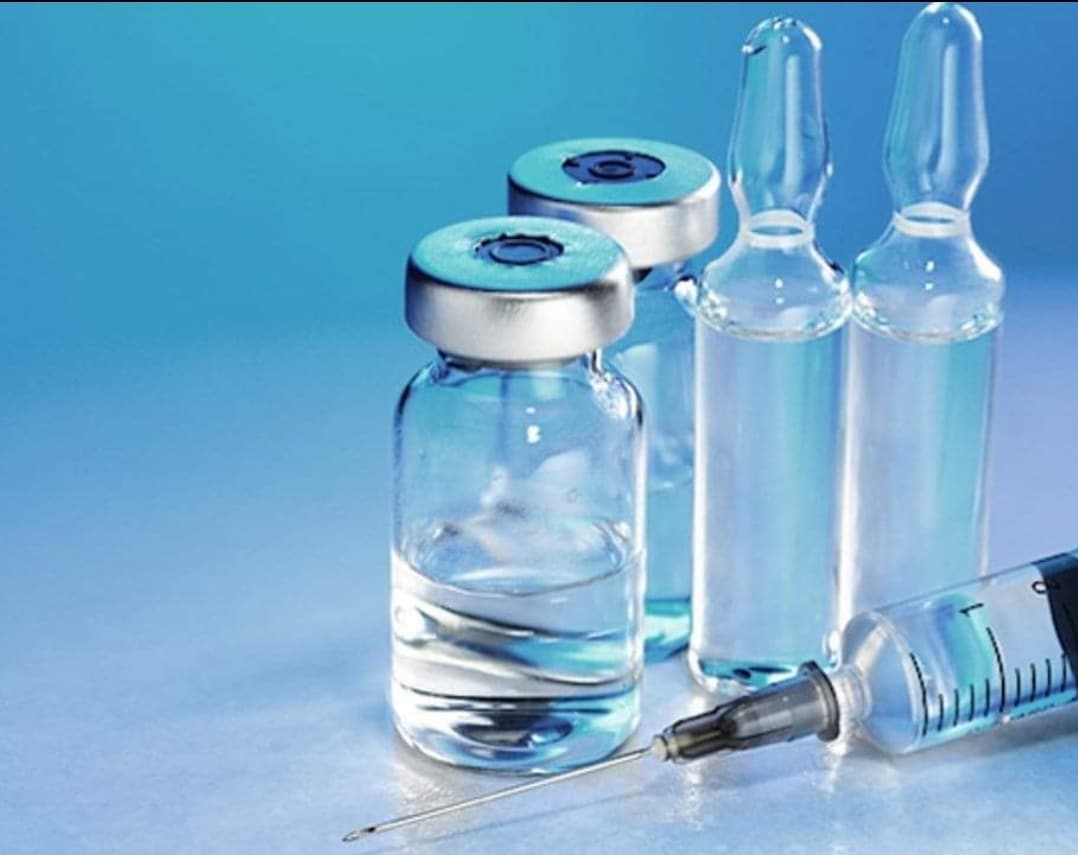USP Needle Sharpness Testing
The United States Pharmacopeia (USP) needle sharpness testing is a critical procedure designed to ensure that needles used in injectable and parenteral products meet the required standards for safety, efficacy, and patient comfort. This test assesses the tip geometry of hypodermic needles by measuring the angle at which the needle pierces through a standard material.
The primary objective is to prevent adverse effects such as tissue damage, pain during administration, and potential infection due to an improperly sharp or blunt needle. USP testing is particularly important in the pharmaceutical sector where the quality of medical devices can significantly impact patient outcomes.
For this test, a standard USP needle sharpness test apparatus is used. The apparatus consists of a calibrated steel plate with a predetermined thickness and a series of needles that vary in gauge size. The needles are placed on the steel plate, and the angle at which they pierce through the material is measured using an optical comparator or similar instrument.
The USP specifications for needle sharpness testing are detailed in USP Chapter <1209>. These standards ensure that needles are sharp enough to pierce the skin easily but not so sharp as to cause excessive pain or tissue damage. The acceptable range of angles is defined by USP guidelines, and any needle outside this range fails the test.
| Application Area | Description |
|---|---|
| Hospitals and Clinics | Ensuring needles are correctly sized for different injection sites. |
| Nursing Homes | Avoiding complications from improperly sharp or blunt needles in elderly patients. |
The test is performed on various types of hypodermic needles, including those used for intravenous therapy, insulin administration, and other medical procedures. By adhering to these standards, pharmaceutical companies can ensure that their products meet the highest quality benchmarks set forth by regulatory bodies.
- Ensures consistent product quality across batches.
- Reduces the risk of patient discomfort during injection.
- Aids in maintaining compliance with international standards.
Industry Applications
| Sector | Description |
|---|---|
| Hospitals and Clinics | Ensures needles are correctly sized for different injection sites. |
| Nursing Homes | Avoids complications from improperly sharp or blunt needles in elderly patients. |
- Pharmaceutical Manufacturing
- Diagnostics and Laboratory Services
- Nursing Homes
- Hospitals and Clinics
Why Choose This Test
- Ensures patient safety by preventing tissue damage.
- Aids in maintaining compliance with international standards.
- Reduces the risk of infection from improperly sharp needles.
The USP needle sharpness test is a vital step in ensuring that medical devices meet the highest quality and safety standards. By conducting this test, pharmaceutical companies can demonstrate their commitment to patient care and regulatory compliance. This testing ensures that needles are neither too sharp nor too blunt, striking an optimal balance for comfort and effectiveness during injection.
For R&D engineers, understanding the nuances of needle sharpness is crucial in developing new products. Compliance officers will appreciate the role this test plays in maintaining a consistent product quality across all batches. For quality managers, ensuring that needles meet USP specifications is essential for maintaining brand reputation and patient trust.
Environmental and Sustainability Contributions
The USP needle sharpness test plays an important role in promoting environmental sustainability by reducing waste. By ensuring that needles are correctly sized and sharp, the likelihood of improper use is minimized. This reduces the number of improperly used needles discarded as medical waste.
Additionally, adhering to these standards helps pharmaceutical companies comply with regulations that aim to minimize environmental impact. The test ensures that only high-quality, efficient needles are used, reducing unnecessary consumption and disposal of substandard products.





